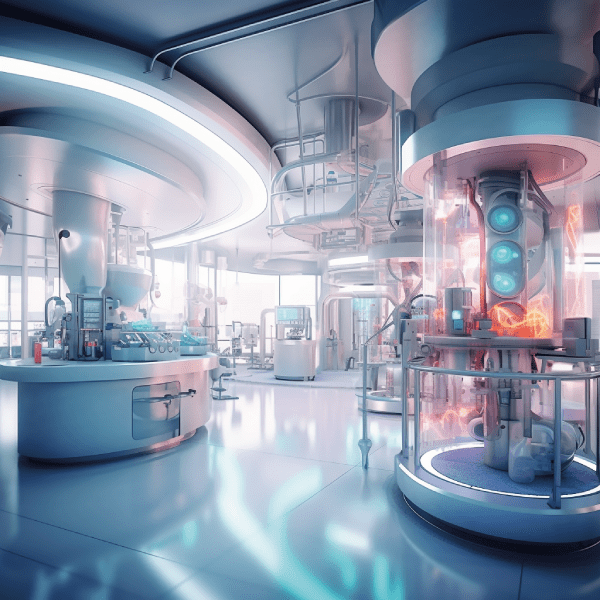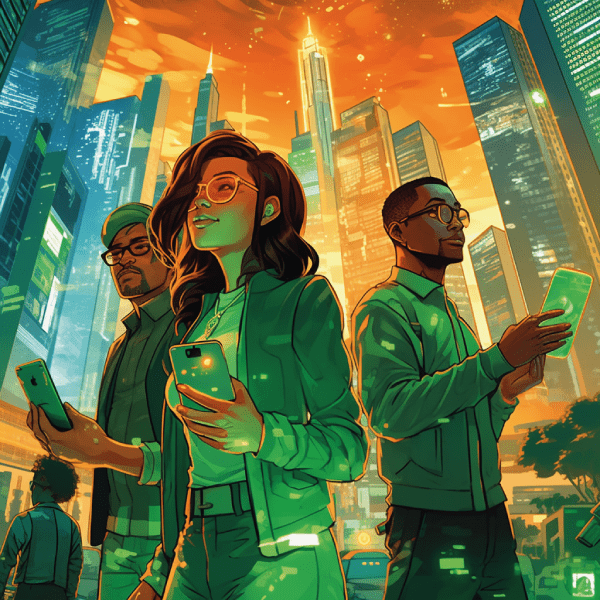Estonia is making remarkable strides in the fields of bioengineering and personalised medicine, thanks to strong backing from the European Commission. These groundbreaking projects are not only reshaping the future of healthcare but also contributing significantly to sustainability efforts.
Bioengineering: a path to a sustainable future
Amid growing concerns about climate change and its devastating impact, bioengineering emerges as a beacon of hope. This field delves into cellular-level processes and employs genetic engineering to craft cells with specific functions, paving the way for sustainable solutions.
Sustainable bioproduction
Bioengineering offers a sustainable alternative for producing essential chemical building blocks used in polymers, pharmaceuticals, cosmetics, and the food industry. By reducing our reliance on petrochemicals, it minimizes environmental harm.
Mitigating environmental impact
One of the most promising aspects of bioengineering is its potential to mitigate the environmental impact of various industries. By providing eco-friendly alternatives, it significantly contributes to combating climate change.
The digital revolution in bioengineering
At the heart of Estonia’s bioengineering initiatives lies the Centre for Digitalised Bioengineering (DigiBio). This dynamic hub, developed alongside the Institute of Bioengineering at the University of Tartu, leverages digitisation, big data analysis, and machine learning to revolutionize genetic design.
DigiBio: bridging science and technology
DigiBio represents the fusion of science and technology, accelerating research and unlocking the potential for groundbreaking discoveries. It serves as a catalyst for innovation in the field.
Building a unique biofoundry
Collaborating with partners from the Novo Nordisk Foundation Center for Biosustainability and Tallinn Technical University, Estonia is poised to establish a one-of-a-kind biofoundry. This automated experimental unit for digitalised cell design is set to become a global epicentre of innovation.
Learning from Danish pioneers
Professor Mart Loog, a trailblazer in Molecular Systems Biology at the University of Tartu, emphasizes the invaluable experience gained from Danish partners in digitising biology. This international collaboration promises to open new horizons for local research communities and the biotech industry.
Personalised medicine: tailoring healthcare for individuals
While bioengineering focuses on sustainability, personalised medicine reimagines healthcare itself. It’s about treating individuals, not just ailments, by considering genetic backgrounds, lifestyles, and environmental influences.
Estonia’s role in personalised medicine
Estonia stands at the forefront of personalised medicine, with its Tartu University Estonian Biobank serving as a global treasure trove of genetic data. Over 200,000 Estonians have contributed, making Estonia a hub for this healthcare revolution.
Forging a centre of excellence
The University of Tartu and Tartu University Hospital have secured a historic research grant from the European Commission, fuelling the establishment of an international research and development centre for personalised medicine in Estonia.
Interdisciplinary collaboration
Led by Professor Mait Metspalu, Director of the University of Tartu Institute of Genomics, the consortium behind the centre envisions close collaboration across scientific disciplines. From clinical medicine to data sciences, they’re poised to explore every facet of personalised medicine’s implementation.
Advancing scientific methods
The consortium’s roadmap includes developing cutting-edge scientific methods, tools, and clinical trials. These innovations will validate the applications of personalised medicine, ushering in a new era in healthcare.
Harnessing the power of health data
In Estonia, another aim of the consortium is to enhance the digital usability of health data. While Estonia boasts a robust e-state, some electronic health data remains unstructured. A well-organised health data infrastructure can revolutionize healthcare.
Fueling health tech start-ups
Efficient health data management isn’t just about improving healthcare; it’s a boon for health technology start-ups. Estonia’s initiative promises to expedite the flow of research into society, fostering innovation.
Collaborations with global leaders
Partnerships are the lifeblood of these projects. Estonia’s collaborations with institutions like the University of Helsinki and the Erasmus University Medical Center ensure access to world-class expertise and global impact.
European commission’s support
Both bioengineering and personalised medicine projects receive substantial support from the European Commission’s “Teaming for Excellence” action. This funding programme aims to drive cutting-edge research integration into society and the economy, bolstering Estonia’s efforts towards sustainability.
Conclusion: a greener, healthier Future
Estonia’s commitment to bioengineering and personalised medicine underscores its dedication to a greener, healthier future. While bioengineering offers sustainable alternatives, personalised medicine tailors healthcare to individuals, making it more effective and precise. Together, they represent Estonia’s journey towards a brighter tomorrow.
FAQs
How does bioengineering reduce the environmental impact of industries?
Bioengineering achieves this by providing sustainable alternatives to the production of essential chemical building blocks, reducing reliance on fossil fuels.
What is the significance of DigiBio in bioengineering?
DigiBio, the Centre for Digitalised Bioengineering, harnesses digitisation and cutting-edge technology to design cells precisely, accelerating research and enabling groundbreaking discoveries.
How does personalised medicine benefit individuals?
Personalised medicine considers an individual’s genetic background, lifestyle, and environmental influences to offer tailored healthcare, increasing effectiveness and precision.



